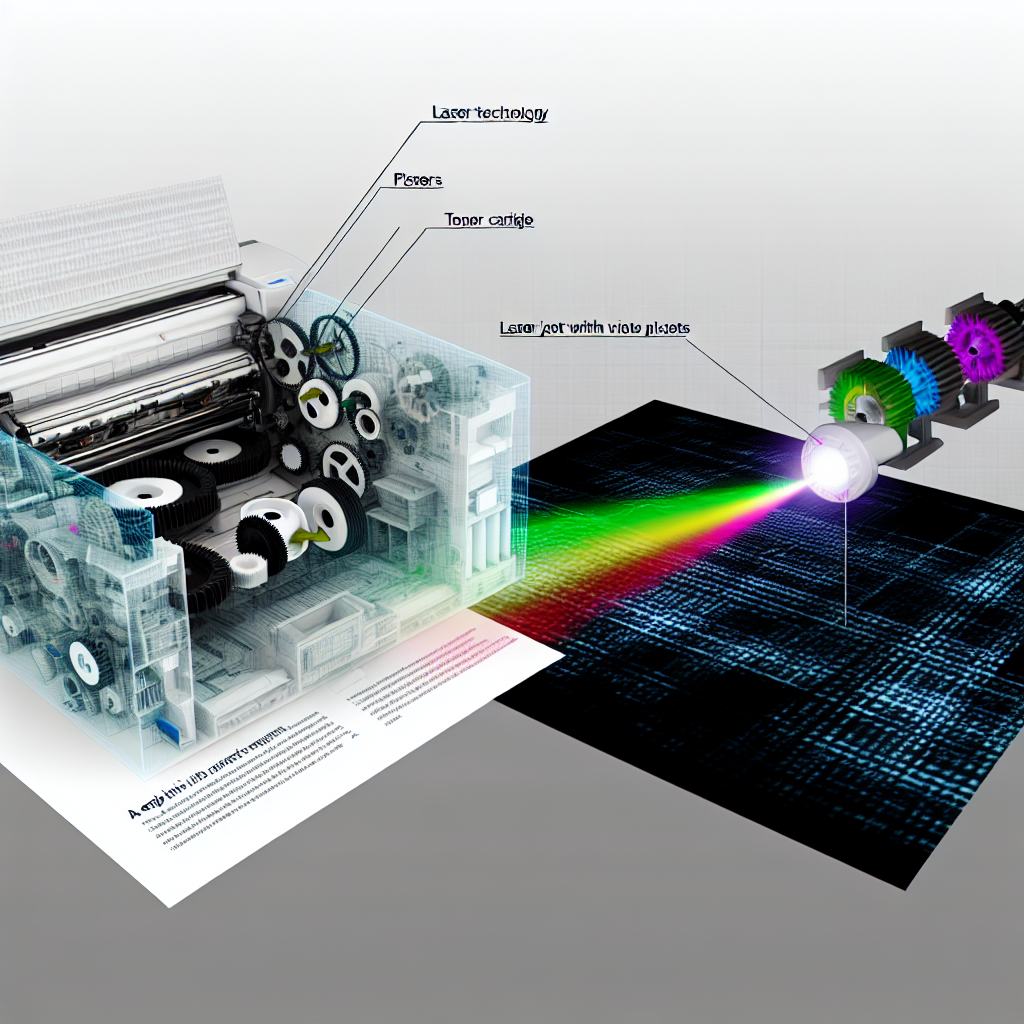Laserjet technology has revolutionized the way we print. Whether in homes or offices, Laserjet printers are known for their speed, efficiency, and exceptional print quality. But what exactly powers this technology? In this article, we will explore how Laserjet technology works and why it is significant in today’s digital age.
Understanding Laserjet Technology
At its core, a Laserjet printer utilizes a laser beam to produce high-quality images and text on paper. The intricate process involves several key components and steps:
Key Components of a Laserjet Printer
- Drum: A photosensitive drum that holds the image to be printed.
- Laser: A laser unit that creates the image on the drum.
- Toner: A fine powder that works in conjunction with the drum to transfer the print image onto paper.
- Fuser: A component that heats toner particles to fuse them to the paper.
- Papers Feed Mechanism: Ensures that paper is properly aligned and sent through the printer.
How It Works
The printing process involves several steps:
- Charging: The drum is electrically charged to prepare it for the image.
- Laser Scanning: The laser beam scans across the drum, discharging specific areas to create a latent image.
- Toner Application: The toner is applied to the drum, adhering only to the discharged areas.
- Transfer: The drum rolls over the paper, transferring the toner onto it.
- Fusing: The fuser heats up to melt the toner, ensuring it bonds with the paper securely.
- Output: The finished print is ejected, ready for use.
Why Laserjet Technology Matters
Efficiency and Speed
One of the standout features of Laserjet printers is their speed. Unlike inkjet printers, which spray liquid ink, Laserjet printers can produce pages at a rapid pace—often 20 to 80 pages per minute. This efficiency is crucial in busy work environments, allowing for seamless workflow and productivity.
Print Quality
Laserjet printers are renowned for delivering sharp and high-resolution print quality. Text documents are crisp, while images maintain clarity and precision, making them ideal for professional documents and presentations.
Cost-Effectiveness
While the initial investment in Laserjet technology may be higher than other printing methods, the long-term savings stagger with their efficiency in toner usage and the quality of prints. Toner cartridges typically last longer than ink cartridges, providing lower costs per page and reducing the need for frequent replacements.
Conclusion
Laserjet technology has become an integral part of modern printing solutions, offering unparalleled efficiency, quality, and cost-effectiveness. Understanding how Laserjet printers work is crucial for making informed decisions about printing needs, whether for personal or professional use. As we continue to embrace digital and technological advances, the relevance of Laserjet technology remains significant in maintaining high-quality document production.





